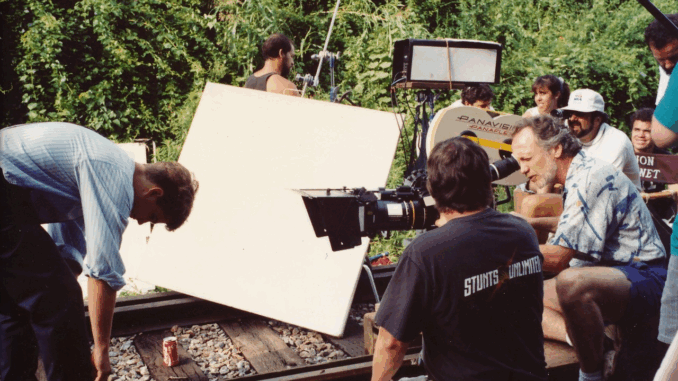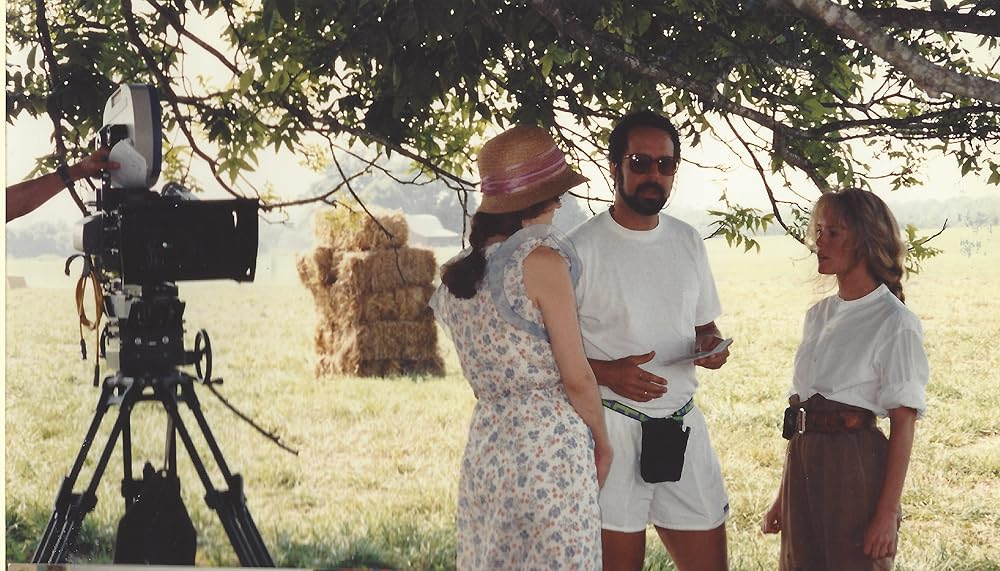
When Fried Green Tomatoes quietly premiered in December 1991, few could have predicted its long-lasting cultural resonance. A deeply human tale of love, resilience, and community, the film earned critical praise and a devoted following. But behind its Southern charm and rich storytelling was a more complex reality—one fraught with studio hesitation, creative compromise, and suppressed identities.
Queer Love Lost in Adaptation
At the heart of Fannie Flagg’s 1987 novel Fried Green Tomatoes at the Whistle Stop Cafe is the love story between Idgie Threadgoode and Ruth Jamison. In the book, their romantic relationship is neither subtle nor ambiguous. It is written plainly, softly, and unapologetically—a bond formed through hardship, sacrifice, and enduring affection. However, when the story made its way to the screen, this defining element was significantly altered.
Director Jon Avnet and screenwriter Carol Sobieski were tasked with translating this bond into a mainstream Hollywood film during a time when LGBTQ+ narratives were still considered taboo. While Sobieski reportedly pushed to keep the emotional core intact, studio executives intervened, fearing public backlash and a decline in ticket sales. The result was a strategic ambiguity: lingering gazes replaced overt expressions of love, and shared domesticity was recast as close friendship.
Avnet later stated in interviews, “We left it up to the audience to decide what their relationship really was.”

Creative Disagreements and Internal Tension
According to insiders from the production team, tensions simmered between screenwriters, producers, and studio heads over the film’s tone and fidelity to the novel. While Sobieski and Flagg (who co-wrote the screenplay) sought to preserve the novel’s subversive qualities, Universal Pictures pushed for a more palatable, commercially safe product.
Character adjustments were made. Idgie’s rougher edges were softened, her queerness muted, and her rebellious energy rechanneled into a generalized nonconformity. Ruth was portrayed with a gentler spirit and less agency than her literary counterpart.
While none of the cast members openly criticized these decisions at the time, Mary-Louise Parker (Ruth) would later reveal in a 2022 interview, “We were always playing it as a love story. Even if the script wouldn’t say it, we knew what it was underneath.”
Race, Representation, and the Limits of Inclusion
Another point of contention in the film’s adaptation was its depiction of Black characters. The novel featured Big George and Sipsey as vital parts of the Whistle Stop community—not merely supporting characters but emotional anchors. In the film, their roles were reduced, and critics later pointed out that their perspectives were largely absent.
During early screenwriting phases, there were reportedly drafts that excluded key scenes involving Big George’s story arc. It was only after pressure from civil rights consultants and Fannie Flagg herself that the final script restored some of these elements. Even so, the film’s handling of race has been critiqued as overly sentimental and overly focused through the lens of its white characters.
A Brighter Legacy in Retrospect
Despite these compromises, Fried Green Tomatoes managed to speak to a wide range of audiences. It became a cornerstone in the canon of coded queer cinema and a rare example of mainstream media tackling themes of female friendship, chosen family, and trauma recovery.
But perhaps the most enduring behind-the-scenes legacy is the film’s quiet resistance—a story of what could have been louder, prouder, and even more powerful had it not been filtered through the lens of early ’90s studio caution.
